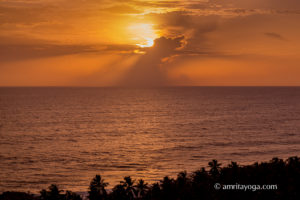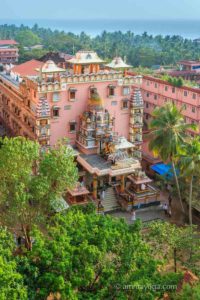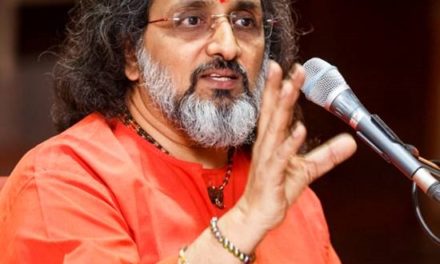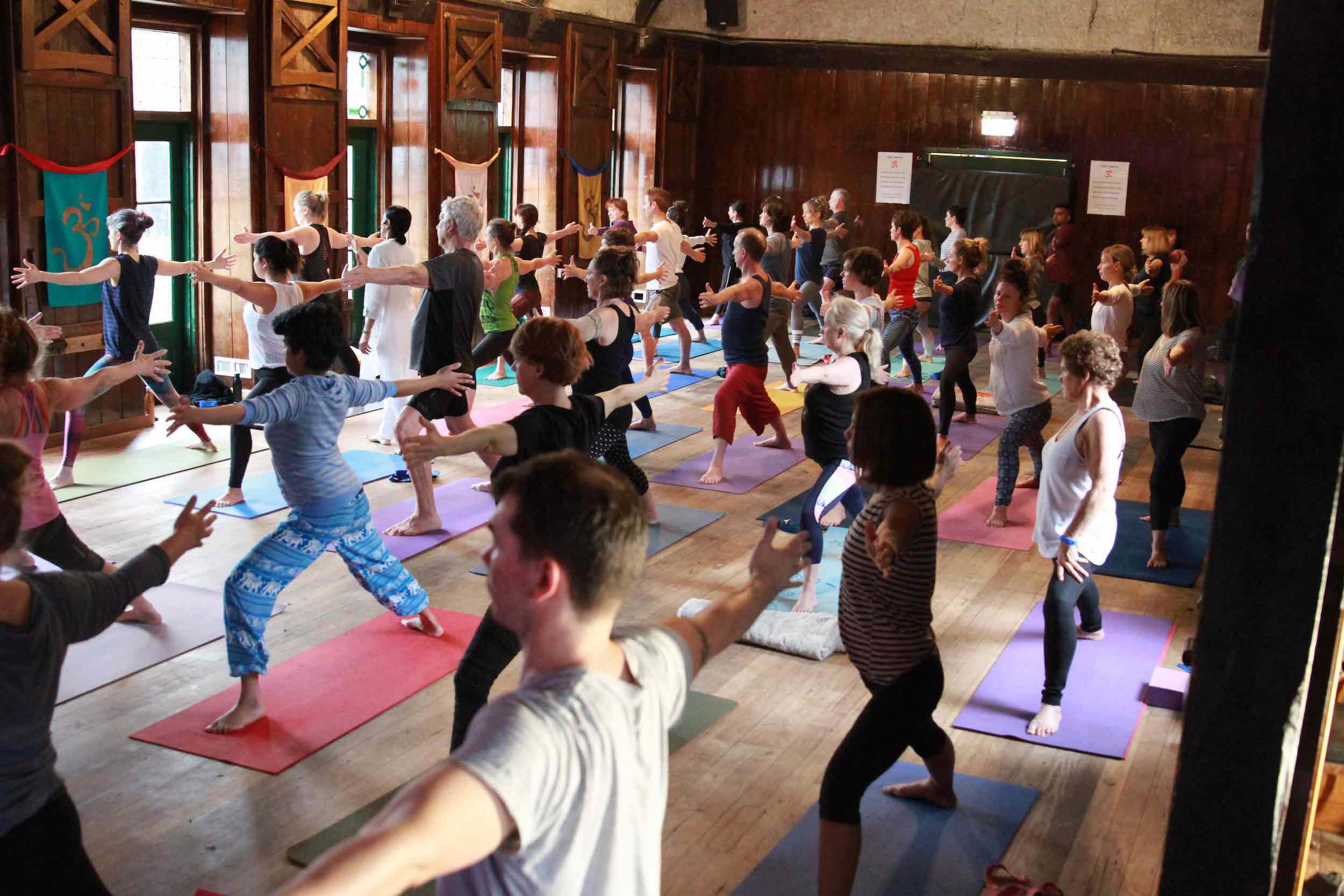 It was the beginning of dawn, but the sun seemed hesitant to rise. The Ayodhyavasis, dwellers of Ayodhya, were praying that the sun never rose. This day would take away Lord Rama. All Ayodhyavasis mourned their immanent loss. Many were agitated at the injustice of Rama’s exile. He was their God in human form. Only three people enjoyed divine peace: Lord Rama, His inseparable divine consort, Sita, and His beloved brother, Lakshman. They were a family who cared nothing for luxury, sensual enjoyment or personal comfort. Theirs was a life of duty, dharma and sacrifice. Even Valmiki, the author of the Ramayana, could not say who excelled this family in nobility and character.
It was the beginning of dawn, but the sun seemed hesitant to rise. The Ayodhyavasis, dwellers of Ayodhya, were praying that the sun never rose. This day would take away Lord Rama. All Ayodhyavasis mourned their immanent loss. Many were agitated at the injustice of Rama’s exile. He was their God in human form. Only three people enjoyed divine peace: Lord Rama, His inseparable divine consort, Sita, and His beloved brother, Lakshman. They were a family who cared nothing for luxury, sensual enjoyment or personal comfort. Theirs was a life of duty, dharma and sacrifice. Even Valmiki, the author of the Ramayana, could not say who excelled this family in nobility and character.
There are many subtle truths, teachings and declarations in the holy Ramayana that can guide the human race to its ultimate goal of God Realisation. Sumithra, the wise queen mother of Lakshman, encouraged him to follow Lord Rama to the forest and serve Him. She said, “Where Lord Rama is, there alone is Ayodhya. Go, my son, with my blessings. May you be peaceful!”
That is the teaching for all of us also. Where Sri Ram is, there is Ayodhya. Likewise, where Amma is, there is Amritapuri.
Amma’s children and devotees may respond to this in different ways. Certainly, everyone will agree on one point. Amritapuri without Amma is not the same as Amritapuri with Her. Amma’s physical presence is like bright sunshine illumining and nourishing everyone. In Her physical absence, Amritapuri yearns for Her. We notice how the atmosphere brightens up a few days before Her return. Wherever Amma is, that place is a festival. But all of Amma’s children who accompany Her on Her tours are happy to return to Amritapuri. We feel we have come home!
From Ayodhya, Lord Rama walked south to Lanka. There are so many places  along the way where He rested, stayed and worshipped. All these places are sacred and it is our duty to preserve them. The Sri Lankans also honour many places connected with the Ramayana. They have kept Ashoka Vana, where Sita was held captive, and the place where Hanuman and Vanara Sena, the monkey clan, landed to rescue Her. But Ayodhya is special. These other sacred places cannot be compared to the birthplace of Lord Rama.
along the way where He rested, stayed and worshipped. All these places are sacred and it is our duty to preserve them. The Sri Lankans also honour many places connected with the Ramayana. They have kept Ashoka Vana, where Sita was held captive, and the place where Hanuman and Vanara Sena, the monkey clan, landed to rescue Her. But Ayodhya is special. These other sacred places cannot be compared to the birthplace of Lord Rama.
So too, Bhagavan Krishna was born and grew up in Gokul. He later moved to Mathura where He performed the same Amala Bharatham as Amma in Her project to create a clean India, by removing the garbage of Kamsa and his tribe of demons. How many Amala Bharathams have the Avatars done in the past!
 In Sri Krishna’s physical absence, no place cried like Gokul! In Sri Rama’s physical absence, no place cried like Ayodhya! In Amma’s physical absence, no place cries like Amritapuri! Many of Amma’s Ashram branches are veritable Kailash on earth. They are wondrously peaceful and charged with Her presence. Yet Amritapuri is unique! Nothing compares.
In Sri Krishna’s physical absence, no place cried like Gokul! In Sri Rama’s physical absence, no place cried like Ayodhya! In Amma’s physical absence, no place cries like Amritapuri! Many of Amma’s Ashram branches are veritable Kailash on earth. They are wondrously peaceful and charged with Her presence. Yet Amritapuri is unique! Nothing compares.
The very purpose of Amma’s incarnation is to do Amala Bharatham – cleaning the cities and villages of garbage in the form of selfishness, greed, and ego. When we read the Devi Mahatmyam, we can see how many Amala Bharathams Devi has done to clean up the garbage in the form of demons like Madhu-Kaitabha, Shumba-Nishumba and Mahishasura, and all their tribes. And every time an Amala Bharatham is done, humans and gods alike can breathe again. With hearts filled with gratitude, devotion and infinite joy we praise Devi: You bestow auspicousness, O consort of Siva, fulfiller of all desires and refuge of devotees. O Goddess Durga, prostrations to You!
Even though Amma is the same whether in Amritapuri or in the US, we can perceive Her only according to our capacities. If the sun comes a little closer to the Earth, we will be scorched to death. So too, Amma manifests only as much power as we human children can stand. Our body-mind equipment is limited. But those who have performed austerities can know Amma better. And what better place for austerities than the incomparable Amritapuri?
Amritapuri is where Adi Parashakti, the Goddess of Divine Power, chose to incarnate and spend Her childhood days teaching mankind how devotion and faith in God can overcome the problems of life cheerfully. Amma Herself has said that great sages have done tapas (austerities) long ago at this same place that is now Amritapuri. She has said that Amritapuri is tapo bhumi (a place where intense spiritual practices can be performed) and karma bhumi(a place where old karma can be cleansed). We Her children can confidently say that Amritapuri is also moksha bhumi (the place of spiritual enlightenment)!
When Lord Rama left Ayodha, he left the Ayodhyavasis in gloom. In Sri Krishna’s absence, Gokul wept. Amritapuri is Ayodha and Gokul both, and Amma lives in the hearts of Her devotees.




